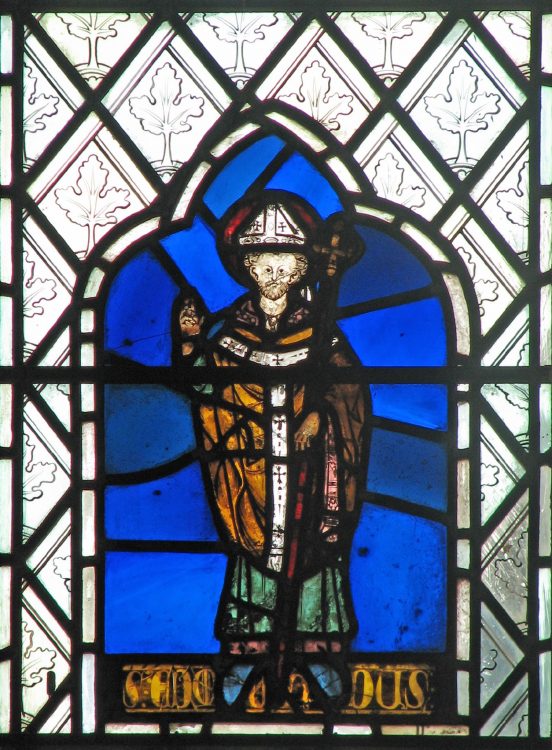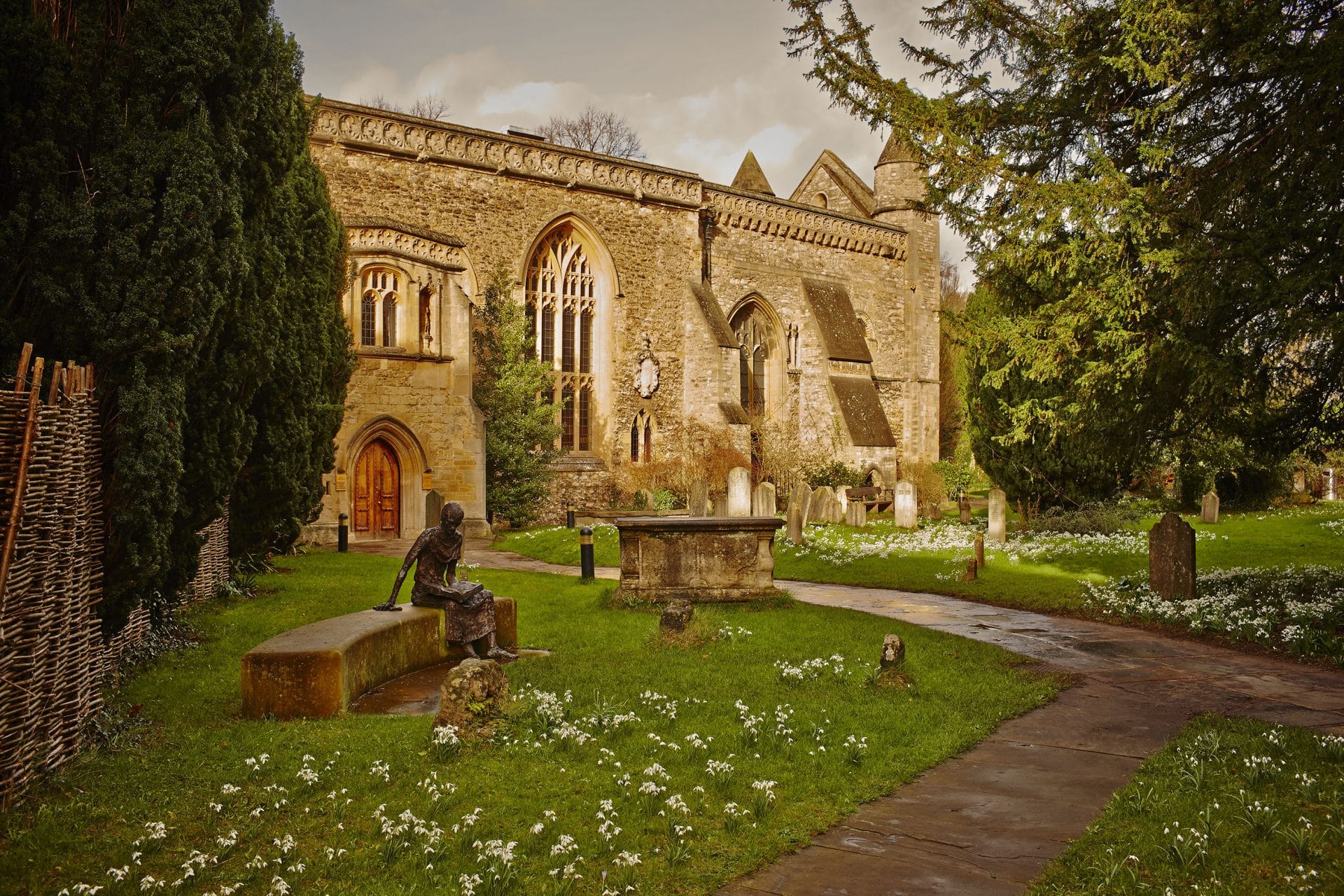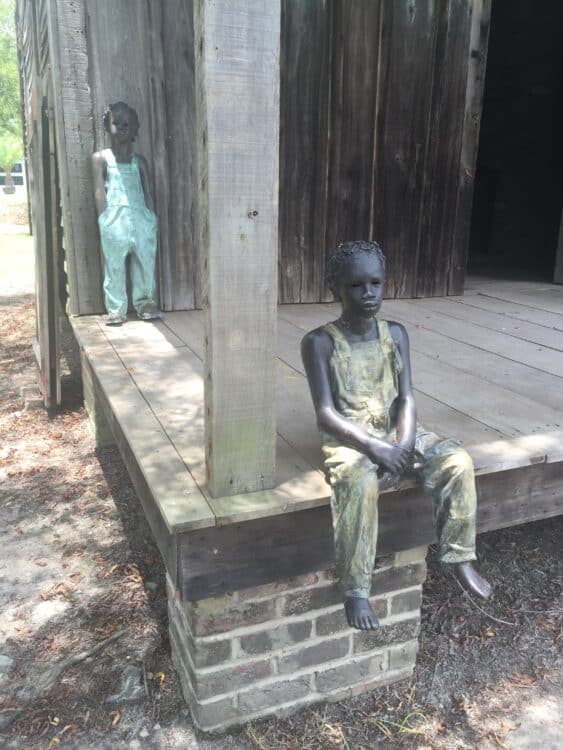St Edmund of Abingdon and the Origins of the Medieval Hall
22 Oct 2019|Emily Winkler
- Research
A medieval miracle legend tells us that one St Edmund of Abingdon (d. 1240) survived a near-death experience in Oxford. Sitting at his desk in class, perhaps lost in thought, he rose and moved away from the chair. Seconds later, a stone broke loose from the masonry on the wall, falling and destroying the seat where Edmund had been.

The miraculous survival of Edmund supposedly took place at Little St Edmund Hall, where Brasenose College chapel is now. The currency of this story in Oxford, even fifty years after Edmund died, described shows that something about this man had captured and held the imagination. Edmund, who had studied in the major twelfth-century intellectual centre of Paris, was born in Abingdon and returned to Oxford after his sojourn abroad. He taught on the site of the church of St Peter-in-the-East in the 1190s, bringing the study of Aristotelian logic to Oxford and later teaching theology in the early thirteenth century. His ascetic life and personal reputation were what contributed to the appeal of his legend. Indeed, by this time, his story was so entwined with the site that many believed he lived in the parish of St Peter-in-the-East. It was in this climate, of remembering stories about a saintly student and teacher, that St Edmund Hall came by its name. This was its inspiration: but what, exactly, was a Hall?
In the Middle Ages, academical halls (hospicia) served as the main homes for students in Oxford. They were communities in their own right: instructors gave lectures; students listened to them, and talked about them over the meals they took together. Colleges, originally founded by wealthy benefactors for support of a few elite scholars, ultimately superseded halls as the main formal institutions for education in Oxford. Of the early halls, St Edmund Hall alone survived. Its peculiar mix of features—location, interests secular and sacred, solvency, intellectual individuals and groups keen on learning—may help to explain its survival; the hall exists, as it has for centuries, at a crossroads of ideas, buildings, and communities. The true story is deeper, though, for this place did not just come to lie at a crossroads. It is where the crossroads were laid down.
This intellectually fertile site in Oxford has bred learning, reading and discovery for well over a thousand years. As historian John Blair has argued, St Peter’s-in-the-East may have been founded as a monastery by Æthelflæd, ruler of the Mercians—called a queen by some of her contemporaries living on the frontiers of Britain—in the early years of the tenth century. Here, monks would have copied texts, sung chants, and discussed the finer points of theology with their fellow monks, while the Viking wars of the 910s raged about them and the early glimmers of England emerged in the alliances forged between the kingdoms of Wessex and Mercia.
Oxford as we have come to know it may owe a great deal to St Peter’s. The wealth and prominence of the church and its associated monastery in this Anglo-Saxon settlement was likely a catalyst for new developments in the town to its west. The activity and community here gathered together people and ideas, buildings and business; it provided a spark for the life of a city that would become the home of one of the first universities in Europe. What is now the Hall may be the single site in Oxford where learning has happened continuously, and began before England existed as a nation.
It is not until the early years of the fourteenth century that we find the earliest mention of Aula Sancti Edmundi (‘St Edmund Hall’) in a rental document of Osney Abbey in 1317. The Hall as a community of scholars, however, had been developing steadily on the site in the previous few centuries. St Peter’s had entered periods of private ownership before and after the Norman Conquest, and underwent several new building phases, including the construction of a Norman Romanesque crypt. The Hall survived, holding its ground through the development of the university: in the thirteenth century, for example, the academic community resisted King Henry III’s attempt to control the properties rented out to scholars.
Although the development of St Edmund Hall is largely invisible before 1317, both the inspiration behind its name and the history of the site show that important ideas and a living community had established a strong presence in Oxford. This history continues to define what St Edmund Hall is today. It was named neither for a wealthy benefactor, nor for one from the orthodox stock of biblical figures remote in time and place. It was named for a teacher. This individual lived much of his mentoring life here on the grounds of this place, walking, thinking and musing on our place in the world, and the nature of a world beyond the perception of the senses. As an educator, Edmund was renowned among his contemporaries and successors for his generosity of spirit.
Is there a lesson in St Edmund’s miracle story? It conveys perhaps not the same epiphany as the legend of Newton and the apple. But it was not enough for Edmund to sit, and think, and listen. Isolation, inaction and inertia leave one at the mercy of falling masonry and the whim of fortune. To learn and to educate, he had to arise, join a community, and teach—and his momentum has carried the idea and the institution of St Edmund Hall into the future.

Read more on our blog
Category: Research
Author

Emily A.
Winkler
Dr Emily A. Winkler is a Lecturer in Medieval History (St Edmund Hall and Hertford College), and Associate Member of the Faculty of History, University of Oxford. She recently completed a research fellowship as Principal Investigator of an Arts and Humanities Research Council project, entitled ‘The Search for Parity: Rulers, Relationships and the Remote Past, c. 1100–1300’ (2019–2022).

